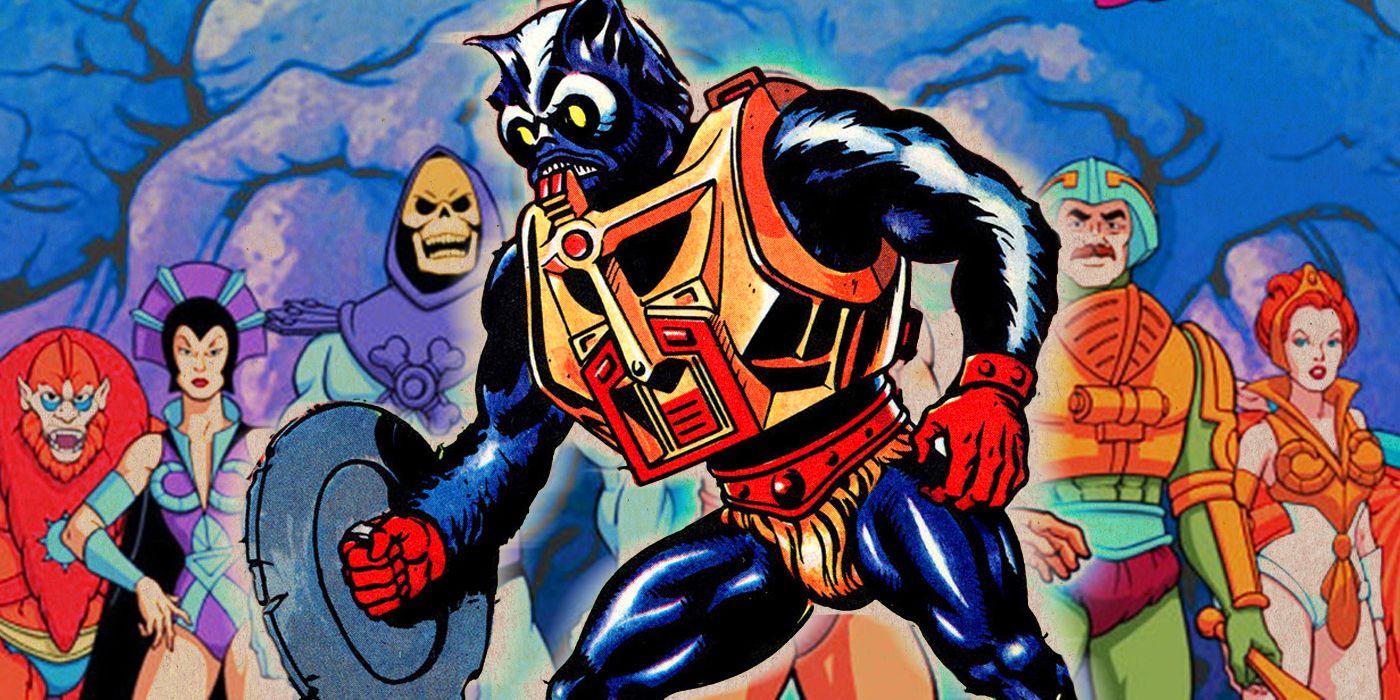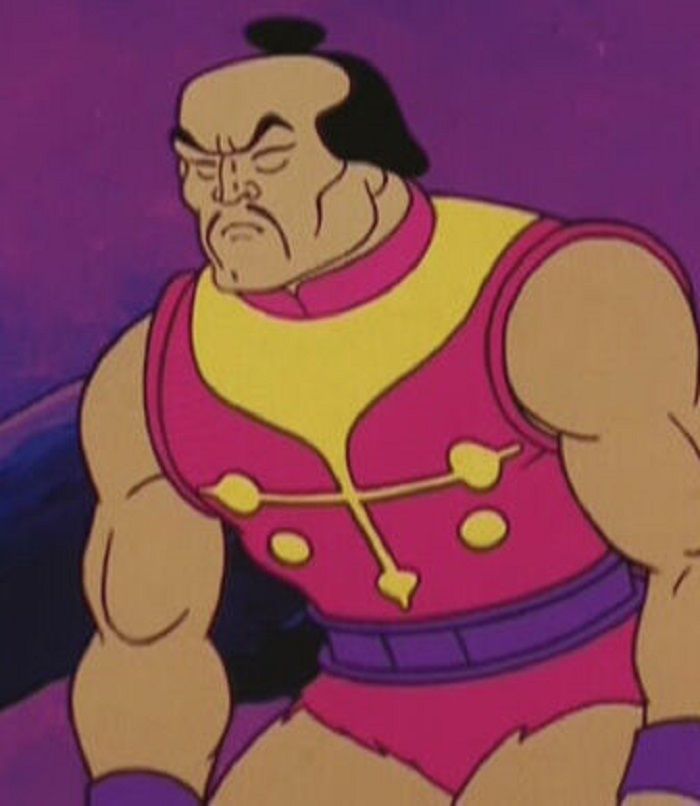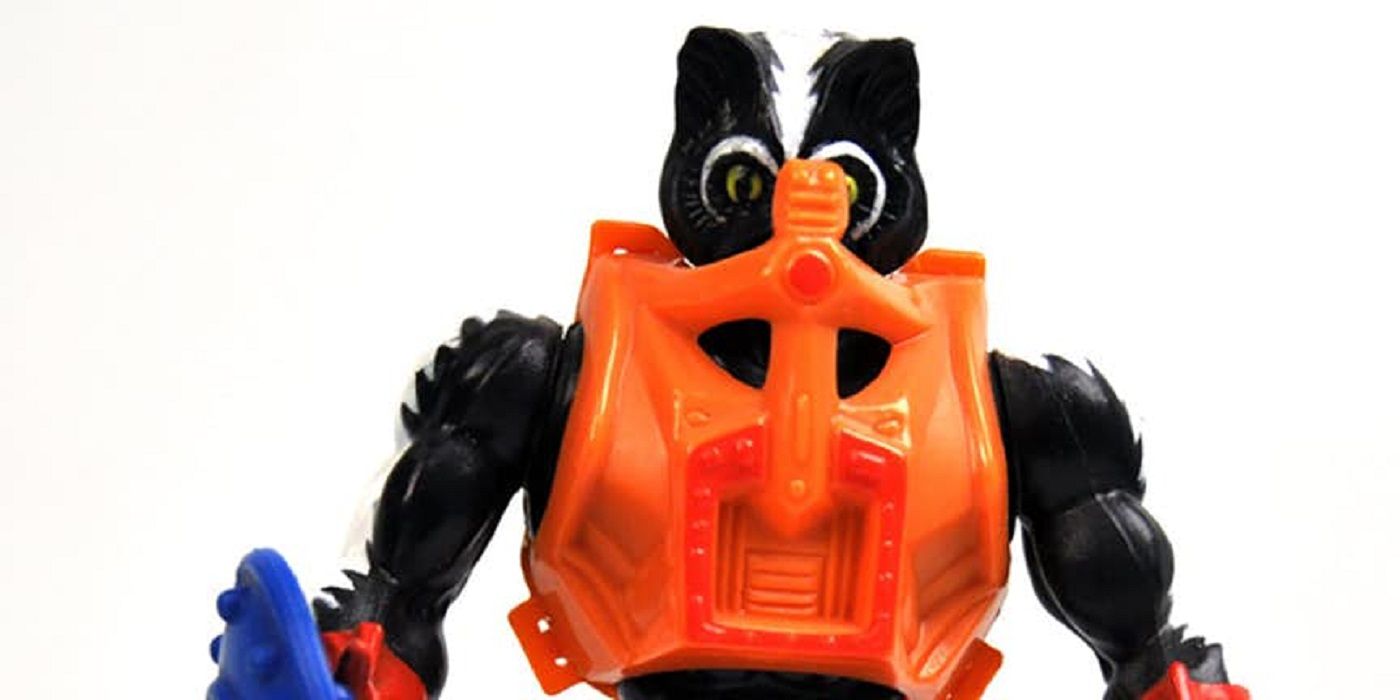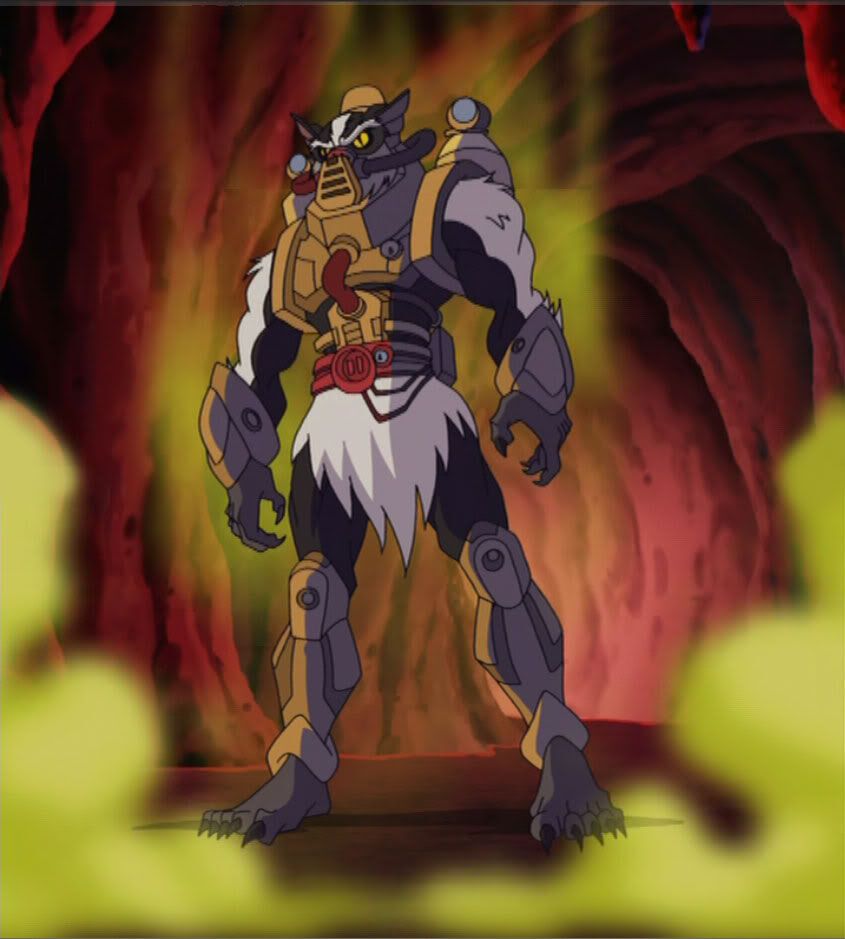TV URBAN LEGEND: Filmation refused to use the Stinkor character on the original He-Man cartoon, Masters of the Universe.
The 1980s were a game-changing decade for children's television. During the 1970s, parental groups had successfully regulated the arena of children's television shows to the point where there were basically no violent cartoons and the amount of licensed cartoons was kept to a bare minimum, especially cartoons that were directly tied to toy lines. It was practically non-existent, really, which is partially why one of the biggest toy line success stories of the era was Star Wars, which was a film and not a kid's cartoon series, and thus could be exploited for toys as much as it wanted to be.
When Ronald Reagan became President, though, he pushed to de-regulate a number of industries and children's television programming was one of them. He named Mark Fowler as the new head of the Federal Communications Commission and Fowler basically gutted all of the restriction in children's animation, arguing that the marketplace should figure itself out.
Well, the marketplace quickly figured out that now they could sell a lot of toys via licensed animation series where the cartoons would be, in effect, commercials for the toys, and then, well, you know, they would then have actual commercials, as well (eventually)! The big breakthrough in this regard was when Hasbro released its G.I. Joe: A Real American Hero toyline in 1982. At the time, the regulations were still a bit strict in terms of toys being advertised on TV, so Hasbro put out commercials advertising the Marvel G.I. Joe comic book series, which was essentially an ad for the toys and it was a huge success.
This led both Hasbro and Mattel to rush out cartoons in 1983, with Masters of the Universe debuting a week before G.I. Joe: A Real American Hero in September of 1983.
Filmation was the animation studio behind Masters of the Universe. Filmation obviously understood that it was ultimately helping to advertise the Mattel toy line, so it wasn't like it felt that it was above that or anything like that. It knew what its job was and it did it well. However. the studio had an interesting deal with Mattel, the company behind the hit action figure series, which is that Filmation would help flesh out the characters in the toy line, but unlike other animation studios with other toy companies (most famously, the studios who put out G.I. Joe: A Real American Hero and the Transformers cartoons from Hasbro), Filmation was not required to use every figure designed for the series.
Don't get me wrong, they still used almost ALL of them, they even worked the obviously offensive Jitsu character into an episode....
but with Jitsu, they tried to develop him a bit further and then ultimately decided that he was just too offensive of a character and they never used him besides that one episode.
However, they would not even allow one character to GET to an episode, and that was Stinkor, the villanous character who literally just smelled bad.
The toy is infamous in toy collector circles as being one of the only smell-based toy that STILL smells, decades later.
Robert Lamb, one of the show's writers, later recalled their reaction to Stinkor at Filmation to He-Man.org:
"I remember Stinkor. I was part of the writing staff when Arthur Nadel and crew took a field trip to Hawthorne, California to Mattel headquarters. The She-Ra toy line was introduced to us by women designers who displayed how capes could be used as skirts on the dolls. It was kind of a "Barbie Goes Barbarian" thing. Then it was the guys' turn and we got our first look at the Horde. The male designers introduced each character with great excitement, relishing every nasty attribute they could name. The only hitch came when Stinkor was introduced. Arthur immediately vetoed a character that was basically a walking fart joke. Only two skunk characters have worked in cartoons to my knowledge; Pepe Le Pew and Flower from Bambi.
Larry and I thought of a dozen hilarious situations for Stinkor, Hordak, and She-Ra. Things like;
Stinkor enters the room and Hordak turns his arm into a giant match;
Stinkor gives away the Horde's position in an ambush because of his scent;
Stinkor sprays a cloud of gas at the rebels and She-Ra turns her sword into a giant fan and blows the stink back causing the Horde to pass out; that sort of stuff.
There was a character named Perfuma in She-Ra. She and Stinkor would have made a fragrant combination. We even thought of a thirty second moral ending about air pollution, and one about the effects of different foods, like beans, on digestion."
So sorry, Stinkor! As it turned out, the only tie-in material for Stinkor was the comic book tie-in that came with the figure (the amusing thing about the tie-in comics is that they were written separately from the cartoon, so sometimes there would be discrepancies in how the characters would be portrayed in the comics versus the TV series, although not usually like here, where the character was part of the overall continuity in the mini-comics and not at all appearing in the cartoon).
Luckily for Stinkor, he finally made his cartoon debut in the 2002 version of the He-Man and the Masters of the Universe cartoon (also, of course, part of a toy line).
The legend is...
STATUS: True
Thanks to Robert Lamb and He-Man.org for the information!
Be sure to check out my archive of TV Legends Revealed for more urban legends about the world of TV. Click here for more legends specifically about animated films and TV shows.
Feel free (heck, I implore you!) to write in with your suggestions for future installments! My e-mail address is bcronin@legendsrevealed.com.




